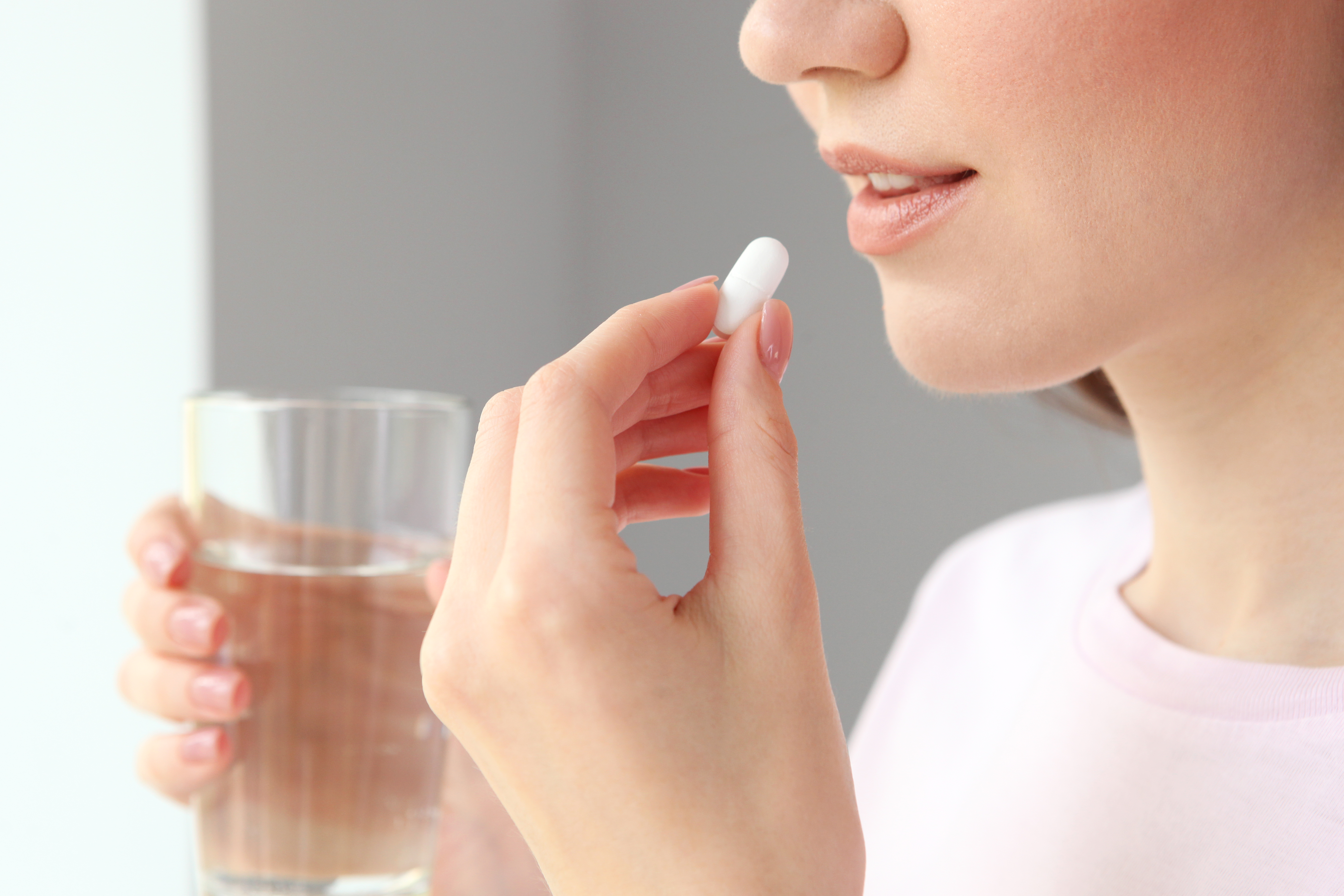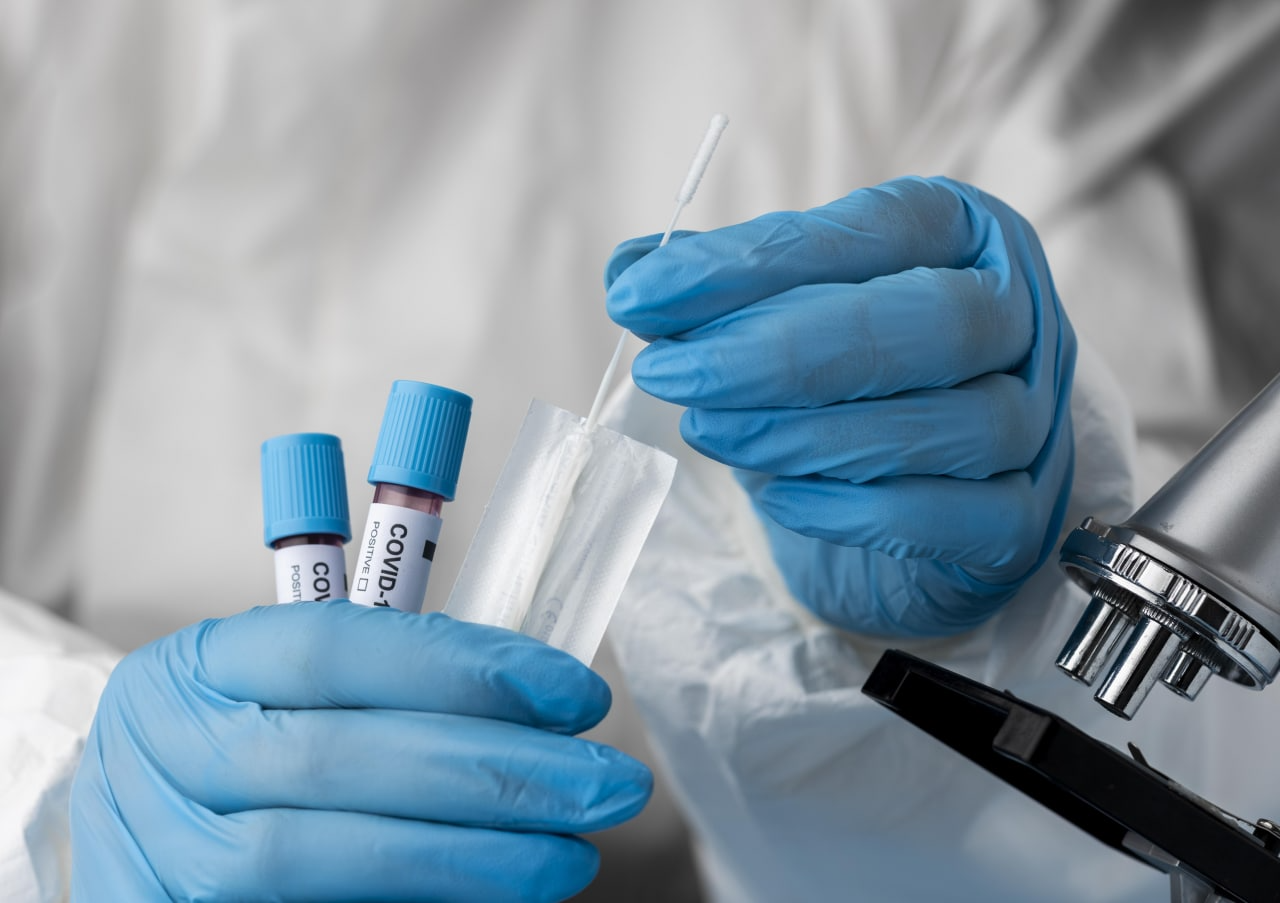Published by: Diana Luai Awad, Dr Pharmacist on Wednesday 15.June.2022
Probiotics are widely used for prevention and rehabilitation of gastrointestinal disorders. However in recent decades effective probiotics of another concept have appeared - for example, vaginal or oral. This article is intended to teach how to tell pharmacy visitors about them.
Oral probiotics
According to modern data, probiotics are live microorganisms that, when administered in adequate amounts, have a beneficial effect on human health1,2.
Nowadays probiotics are offered as over-the-counter drugs and dietary supplements. It should be noted that a modern probiotic should include an effective combination of microorganisms with proven probiotic properties - that is, produce biologically active agents to suppress pathogens, be able to colonize to let them become temporary (for treatment period) or permanent inhabitants of the vagina, oral cavity or other microecologies.2,3 To be effective, the drug must also be stable, acid-resistant (when taken orally) and retain viable bacteria during a long shelf life4.
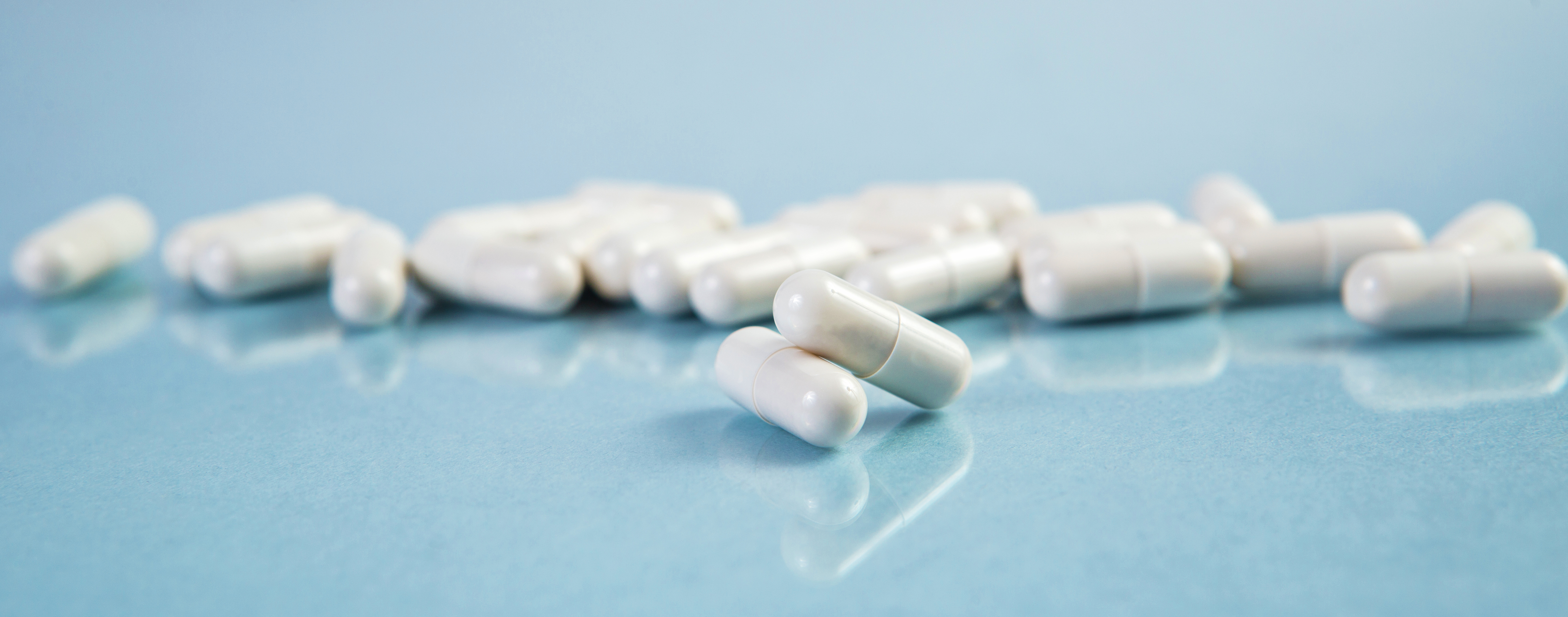
Correcting balanced microflora of the oral cavity is one of the promising areas for probiotics use. Many human diseases can be associated directly (for example, caries, periodontal disease and oral candidiasis) or indirectly (cardiovascular diseases) with occuring imbalance of the oral microbiota2.
Professor Peter van der Bijl (South Africa) states in his review “Relationship between periodontal disease and cardiovascular system”, “Numerous observational (case-control, cohort, cross-sectional), epidemiological and invasive studies support the relation between clinically diagnosed periodontal disease and CAD”. In 2021, an American Heart Association (AHA) task team conducted an electronic literature search on the association between periodontal disease and cardiovascular disease (excluding infective endocarditis), Behçet’s syndrome, Stevens-Johnson’s syndrome, and Sjögren’s syndrome. A total of 537 articles were analyzed in dental/periodontal (61%) and medical (39%) journals. It was concluded that “periodontal disease is related to atherosclerosis, regardless of somatic pathology”, although a direct correlation was not found. Professor van der Bijl suggests that the inflammation associated with periodontal disease may be both a part of pathobiology of atherogenesis and a trigger for plaque rupture.
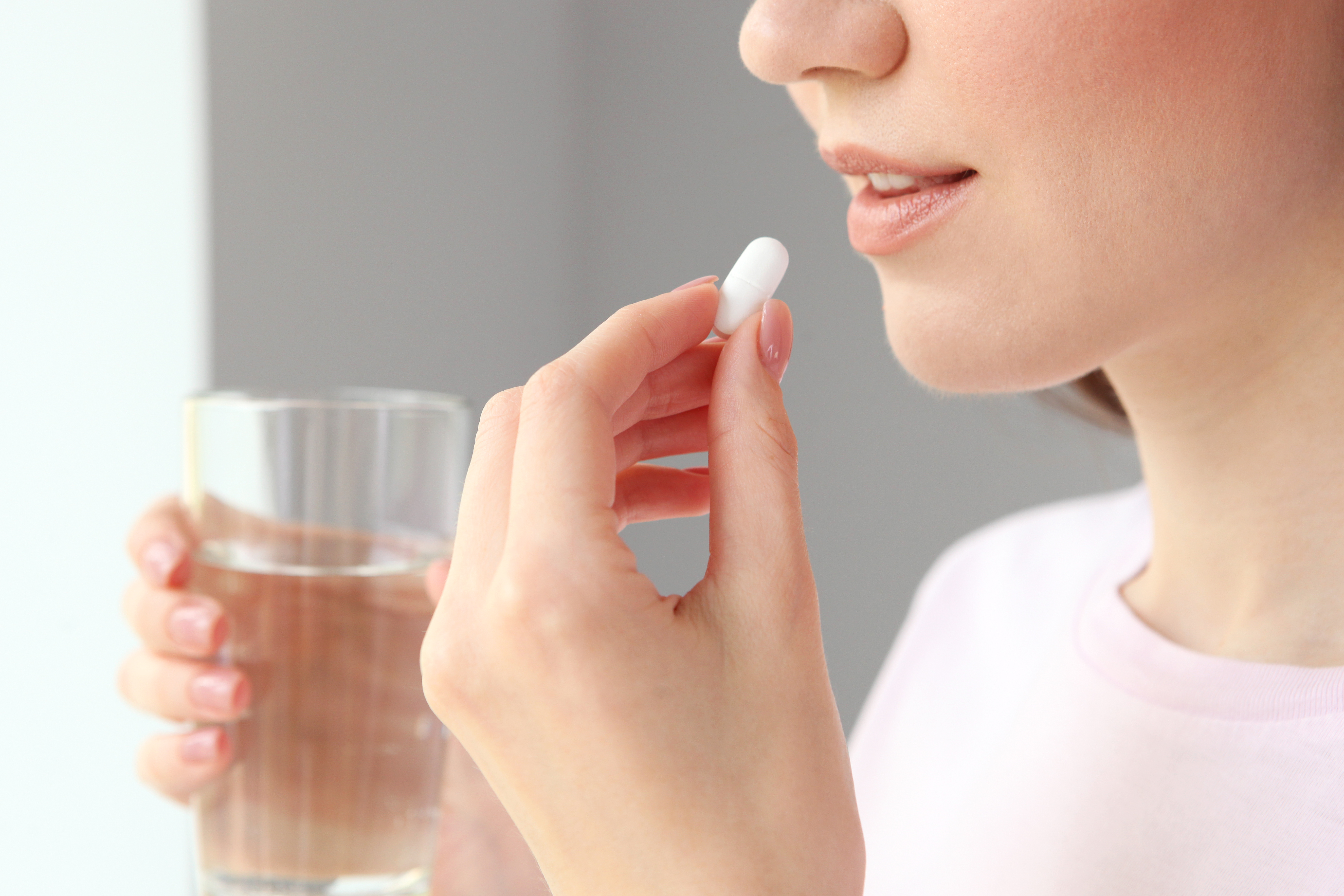
Oral probiotics are a new generation of probiotic strains evolved from the oral microbiota with extremely low pathogenic potential5. Nowadays, salivarcin-producing probiotics (Streptococcus salivarius M18 and K12) are considered as caries and periodontal diseases prevention, and their potential in bacteriotherapy for dental caries is being researched2,5.
Mechanism of action: producing local antibacterial substances (salivarcins), they normalize oral cavity microbiota without affecting the normal flora adversely5. The M18 strain also produces the enzymes dextranase and urease, which reduce plaque buildup and neutralize oral acidity.
Use: to maintain a healthy balance of oral microflora.
Benefits:
- prevent oral dysbiosis, reduce plaque as well, eliminate unpleasant odors;
- prevent caries, in young children as well;
- prevent gingivitis and periodontitis;
- prevent caries when using braces.
Vaginal probiotics
Another probiotic application area is the problem of vaginal infections in women due to their high prevalence, insufficient effectiveness of antimicrobial therapy and the relapse risk. One of the solutions is prescribing modern combined probiotics strains based on lactobacilli obtained from the vaginal biotope of healthy women and protecting the vaginal environment against pathogens6,7,8.
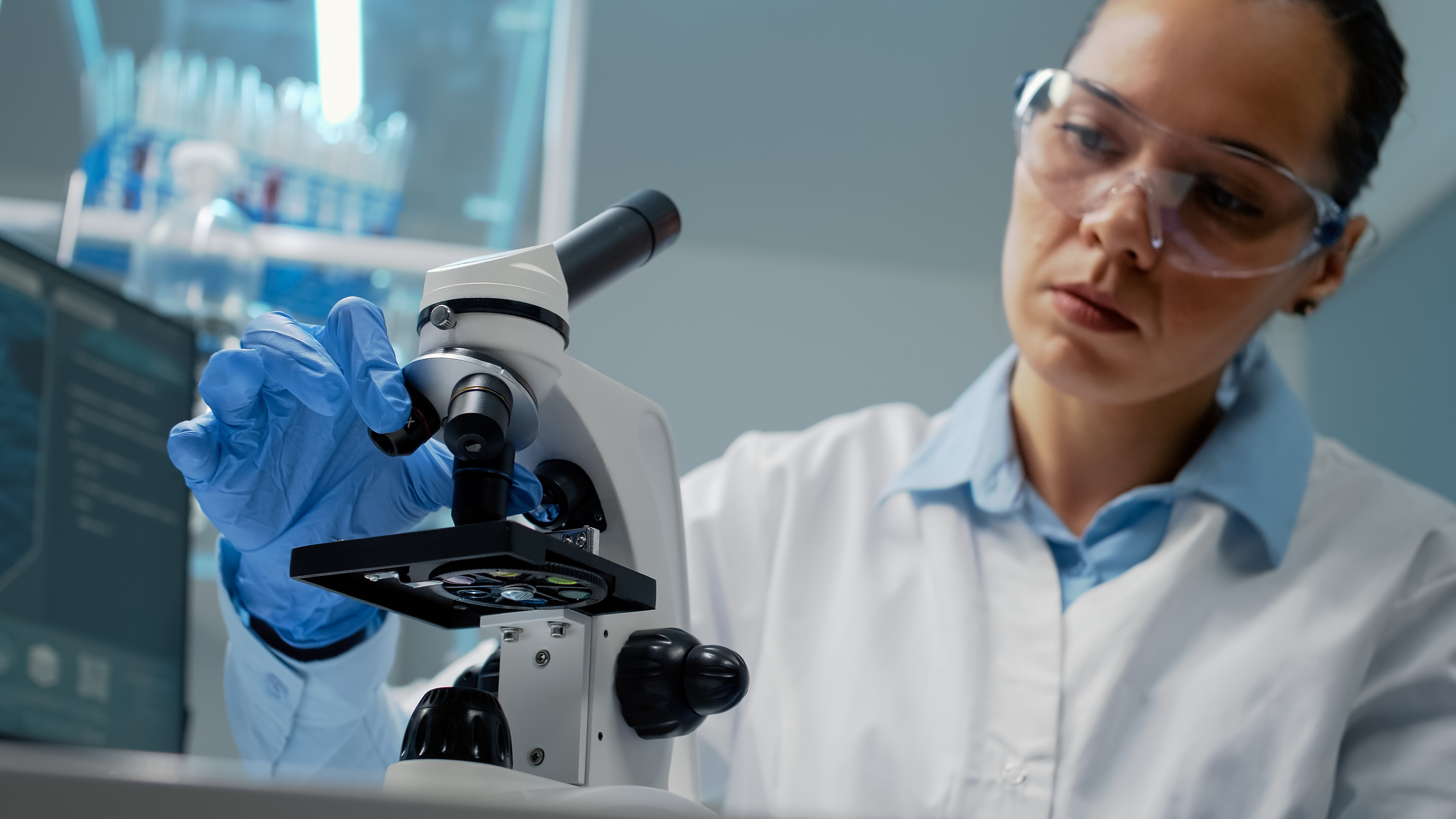
Mechanism of action: protective functions are provided due to lactic and other organic acids, that maintain physiological pH level, production, ability to form a protective biofilm, counteract the adhesion of pathogens, as well as the production of antimicrobial substances (hydrogen peroxide, bacteriocins)8.
Use: to restore the physiological pH level and maintain vaginal microflora balance.
Benefits:
- as the second stage of bacterial vaginosis, nonspecific vulvovaginitis, colpitis therapy;
- prevent vulvovaginal candidiasis relapse;
- prepare for planned gynecological operations;
- treat atrophic vaginitis in postmenopause;
- prepare pregnant women who are at risk for bacterial vaginosis.
Probiotic lactobacilli can be used both vaginally and orally. It should be noted that when taken orally, probiotics are more effective than vaginal forms, but require a longer intake8.
Today probiotics are considered very promising and require further clinical research. This means that pharmaceutical specialists need to be aware of action and use of modern probiotics in order to provide competent advice to pharmacy visitors.
References:
- Global practical recommendations of the World Gastroenterological Organization;
- Andreeva, I. V., Stetsyuk O.U. A new probiotic strain of Streptococcus salivarius K12 in clinical practice. Clinical Microbiology and Antimicrobial Chemotherapy. 2019; V. 21; 2: 92-99.
- Potapov V.A. Probiotics in gynecology. Another fashion or a conscious need (analytical review. Z turbotoyu pro zhinku. 2015; 1: 10-15.
- Shikh E.V. Clinical and pharmacological aspects of oral lactobacilli preparations use in the treatment of vaginal dysbiosis. Obstetrics and gynecology: news, opinions, training. 2021; V. 9; 2: 82-91.
- Kiselnikova L.P., Toma E.I. Prospects for the use of probiotics to prevent caries and periodontal diseases in children. Effective pharmacotherapy. 2021; V. 17; 12: 24–28.
- Bairamova G.R., Andreev A.O., Dobrovolskaya D.A., Peremykina A.V. Violation of the microbiocenosis of the vagina and ways of its correction: the interaction of science and practice. Obstetrics and gynecology: news, opinions, training. 2021; V. 9; 1: 44-51.
- Dicke G.B. Bacterial vaginosis: new aspects of etiopathogenesis and choice of therapeutic strategies. PMZH. Mother and child. 2019; 2(4): 307-313.
- Leonova M.V. Probiotics in the treatment of vaginal infections: effectiveness with regard to evidence-based medicine. Medical advice. 2020; (13): 148-154.
Colleagues, haven't you joined our PharmaCourses of MENA region Telegram chats yet?
In the chats of more than 6,000 participants, you can always discuss breaking news and difficult situations in a pharmacy or clinic with your colleagues. Places in the chats are limited, hurry up to get there.
Telegram chat for pharmacists of MENA region: https://t.me/joinchat/V1F38sTkrGnz8qHe
Telegram chat fo physicians of MENA region: https://t.me/joinchat/v_RlWGJw7LBhNGY0

